Home>Articles>How To Store Wood Furniture Without Climate Control
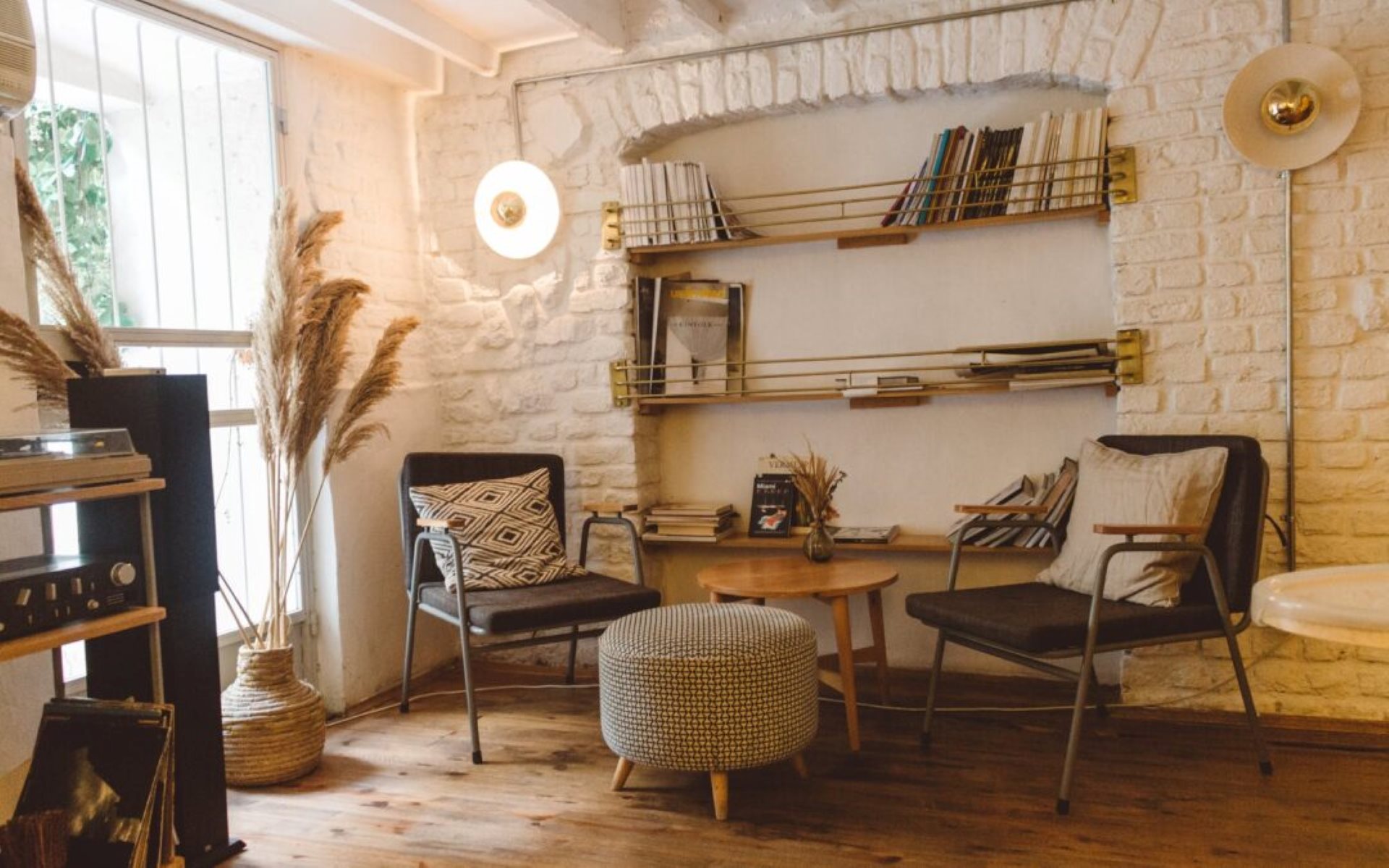

Articles
How To Store Wood Furniture Without Climate Control
Modified: January 18, 2024
Learn how to properly store wood furniture without climate control in this informative article. Keep your furniture protected and well-maintained.
(Many of the links in this article redirect to a specific reviewed product. Your purchase of these products through affiliate links helps to generate commission for Storables.com, at no extra cost. Learn more)
Introduction
Wood furniture adds warmth and elegance to any space, whether it’s your home, office, or any other environment. However, when it comes to storing wood furniture, one of the most crucial factors to consider is climate control. Proper temperature and humidity levels are essential to prevent damage and maintain the quality of your wood furniture.
Climate control involves maintaining an ideal environment that is free from extreme temperature fluctuations, excessive humidity, and direct exposure to sunlight. This helps to preserve the integrity of the wood, prevent warping or cracking, and protect the finishes.
Unfortunately, not everyone has access to climate-controlled storage facilities or the means to regulate the temperature and humidity levels in their storage spaces. If you find yourself in this situation, don’t despair! There are still steps you can take to store your wood furniture without climate control and minimize the risk of damage.
In this article, we will explore the challenges of storing wood furniture without climate control and provide you with essential tips to help you keep your furniture in good condition, even in less-than-ideal storage conditions.
Key Takeaways:
- Properly storing wood furniture without climate control requires choosing a stable storage location, cleaning and preparing the furniture, and using protective covers to shield it from potential damage.
- Regularly inspecting and maintaining wood furniture during storage is essential to address any issues promptly and ensure its longevity. It’s important to avoid direct sunlight and moisture to prevent fading and discoloration.
Why is climate control important for storing wood furniture?
Wood is a natural material that can be affected by changes in temperature and humidity. These fluctuations can have a significant impact on the structural integrity and appearance of wood furniture. Here’s why climate control is essential for storing wood furniture:
Prevents warping and cracking: Wood is porous and absorbs moisture from the surrounding environment. When exposed to high humidity levels, the wood expands, which can lead to warping and cracking. Conversely, low humidity levels can cause the wood to shrink, leading to gaps, loose joints, and structural instability. Climate control helps maintain consistent humidity levels, reducing the risk of warping and cracking.
Preserves finishes: Wood furniture is often finished with varnishes, lacquers, or paint. These protective coatings can degrade or become discolored in extreme temperatures and humidity. Climate control helps prevent the finishes from peeling, cracking, or yellowing, ensuring that your furniture retains its beauty and protects the underlying wood.
Prevents mold and mildew: Excessive moisture can create a breeding ground for mold and mildew, which can cause discoloration, odors, and health issues. Wood furniture stored in a damp environment is at risk of developing mold growth, leading to irreversible damage. Climate control helps maintain a dry and well-ventilated space, reducing the likelihood of mold and mildew formation.
Protects from UV damage: Direct sunlight can fade and bleach the wood finish, causing it to lose its original color and vibrancy. Additionally, UV rays can cause the wood to dry out and become brittle over time. Climate control allows you to store your furniture away from windows or in a shaded area, protecting it from harmful UV radiation.
Preserves antique and valuable pieces: Antique or valuable wood furniture requires extra care and protection from environmental factors. Climate control provides a stable environment that helps preserve the integrity and value of these special pieces. It ensures that the wood retains its original condition, patina, and historical significance.
To ensure the longevity and beauty of your wood furniture, it’s crucial to prioritize climate control during storage. By maintaining the optimal temperature and humidity levels, you can safeguard your furniture from the damaging effects of the environment.
Challenges of storing wood furniture without climate control
Storing wood furniture without climate control presents several challenges that can potentially harm the quality and condition of your beloved pieces. Understanding these challenges can help you take appropriate measures to mitigate the risks. Here are the main challenges you may face when storing wood furniture without climate control:
Temperature fluctuations: Without climate control, temperature fluctuations can occur, especially in uncontrolled storage spaces such as attics, basements, or garages. These fluctuations can cause the wood to expand and contract, leading to warping, cracking, and damage to joints and connections.
High humidity: Excessive humidity is an enemy of wood furniture. It can cause the wood to absorb moisture, leading to swollen or warped surfaces. High humidity can also promote mold and mildew growth, resulting in discoloration, odors, and structural damage.
Low humidity: On the other hand, low humidity levels can be equally detrimental. Dry air can cause the wood to shrink and crack, compromising the structural integrity of the furniture. It can also lead to loose joints and gaps in the wood.
Direct sunlight: Exposure to direct sunlight can fade the color of wood furniture and cause the finish to deteriorate. The UV rays can accelerate the aging process, making the wood appear dull and lifeless over time.
Moisture and condensation: In areas with high humidity or poor ventilation, moisture and condensation can accumulate. This can result in water damage, staining, and mold growth, leading to irreversible harm to the wood and the finishes.
Pests and insects: Wood furniture stored in uncontrolled environments is more susceptible to infestations of pests and insects such as termites, beetles, and ants. These creatures can cause extensive damage to the wood, compromising its structural integrity and overall appearance.
Lack of air circulation: Without climate control, proper air circulation may be limited. Lack of airflow can trap moisture and promote the growth of mold and mildew. In addition, stagnant air can contribute to unpleasant odors and a damp environment that encourages pests and insects.
While storing wood furniture without climate control can be challenging, it is not impossible to protect your furniture from these risks. By following the right strategies and precautions, you can minimize the potential damage and ensure that your wood furniture remains in good condition.
Tips for storing wood furniture without climate control
When faced with the challenge of storing wood furniture without climate control, it’s important to take proactive measures to preserve its quality and condition. While it may not be ideal, following these tips can help minimize the risks and maintain the integrity of your furniture:
- Choose a suitable storage location: Select a storage area that is as stable as possible in terms of temperature and humidity. Avoid areas prone to extreme temperature fluctuations such as attics, garages, or basements. If possible, opt for a closet or interior room where the temperature remains relatively consistent.
- Clean and prepare the furniture: Thoroughly clean the furniture to remove any dust, dirt, or spills. Use a gentle cleaner appropriate for the type of wood and finish. Make sure the furniture is completely dry before storing it to prevent moisture accumulation.
- Disassemble if possible: If your furniture has removable parts, consider disassembling them before storage. This can help reduce the risk of damage during transportation and allow for more compact storage.
- Use protective covers or blankets: Wrap the furniture in breathable materials such as cotton or canvas covers or blankets. These materials provide protection against dust, scratches, and light exposure while allowing for some airflow.
- Elevate the furniture: Place the furniture on pallets or boards to elevate it off the ground. This helps prevent moisture from seeping into the wood, especially in areas that are prone to flooding or high humidity.
- Avoid direct sunlight and moisture: Position the furniture away from windows or any areas with direct sunlight exposure. Additionally, ensure that the storage area is dry and well-ventilated to minimize moisture build-up that can lead to mold or mildew growth.
- Regularly inspect and maintain the furniture: Periodically check on your stored furniture to ensure there are no signs of damage, pests, or mold growth. If any issues are detected, take prompt action to address them to prevent further damage.
It’s important to note that while these tips can help minimize the risks, they may not offer the same level of protection as a climate-controlled environment. If you have valuable or antique wood furniture, consider investing in professional storage options or seek alternative solutions to ensure optimal conditions.
By following these tips and being proactive in caring for your wood furniture, you can minimize the potential damage and prolong its lifespan, even without access to climate control.
Choose a suitable storage location
When storing wood furniture without climate control, one of the most important considerations is selecting a suitable storage location. While it may be challenging to find the perfect environment, there are certain factors to keep in mind when choosing the storage area for your furniture:
- Stability of temperature and humidity: Look for a storage area that experiences minimal fluctuations in temperature and humidity. Avoid places like garages, attics, or basements, as they are more prone to extreme temperature changes. Instead, opt for interior rooms or closets that offer a more consistent environment.
- Avoid areas with direct sunlight: Exposure to direct sunlight can fade the color of wood furniture and cause finishes to degrade. Choose a storage area that is away from windows or areas with direct sunlight exposure to protect your furniture from UV damage.
- Avoid areas prone to moisture: Moisture is one of the biggest threats to wood furniture. Areas that are prone to moisture, such as damp basements or areas with poor ventilation, should be avoided. Moisture can lead to mold, mildew, warping, and other forms of damage. Select a storage location that is dry and well-ventilated.
- Consider the surrounding environment: Take into account the overall environment where the storage area is located. If you live in a region with extreme weather conditions, such as high humidity or dryness, it’s important to factor that in when choosing a storage location.
- Accessibility: Consider how easily accessible the storage area is. You’ll want to be able to periodically check on the furniture and perform maintenance tasks if needed. Ensure that you can easily access the storage area without obstacles or difficulties.
- Security: It’s crucial to store your wood furniture in a secure location to prevent theft or damage. Choose a storage area that provides adequate security measures, such as locked doors, surveillance cameras, or alarmed systems if possible.
- Evaluate the overall conditions: Before finalizing your storage location, thoroughly assess the overall conditions of the space. Check for any signs of moisture, pests, or other factors that may negatively impact your furniture. Address any issues or make necessary improvements before storing your wood furniture.
While finding the perfect storage location may not always be possible, selecting the best available option can greatly minimize the risks and ensure the longevity of your wood furniture. By considering factors such as temperature, humidity, sunlight exposure, and security, you can make an informed decision and provide a more suitable environment for your stored furniture.
Clean and prepare the furniture
Before storing your wood furniture without climate control, it is essential to clean and prepare it properly. Here are some steps to follow in order to protect your furniture during storage:
- Dust and remove debris: Begin by thoroughly dusting the furniture using a soft, lint-free cloth. Pay attention to intricate details, crevices, and corners to ensure a thorough cleaning. Remove any accumulated debris or dirt using a soft brush or vacuum cleaner with a brush attachment.
- Use appropriate cleaning products: Choose a gentle cleaning solution that is suitable for the type of wood and finish on your furniture. Avoid abrasive or harsh cleaners that can strip the protective coatings or damage the wood. Test the cleaner on a small, inconspicuous area first to ensure it does not cause any adverse effects.
- Clean spills and stains: If your furniture has any spills or stains, address them before storage. Use a damp cloth and mild soap to gently clean the affected area. Take care not to saturate the wood as excessive moisture can lead to damage. Dry the cleaned area thoroughly using a clean cloth.
- Apply wood conditioner (optional): If desired, you can apply a wood conditioner to nourish and protect the wood. Follow the instructions on the conditioner and use a soft cloth to apply a thin, even layer to the furniture. Allow the conditioner to absorb into the wood before proceeding.
- Remove detachable parts (if applicable): If your furniture has any detachable parts, consider removing them before storage. This includes items such as table leaves, chair cushions, or decorative elements. Take care to label and store these items separately to prevent misplacement.
- Inspect for any damage: Take the time to carefully inspect your furniture for any signs of damage or wear. Check for loose joints, cracks, or areas that may require repair. Address any necessary repairs before storage to prevent further damage or deterioration.
- Ensure the furniture is completely dry: Before storing the furniture, make sure it is completely dry. Moisture can cause mold, mildew, and deterioration of the wood. Allow the furniture to air dry thoroughly, especially if you have used any cleaning products or conditioner.
By properly cleaning and preparing your wood furniture before storage, you can remove dirt and debris that could potentially cause damage over time. Additionally, addressing any existing spills or stains and inspecting for damage allows you to take necessary steps to maintain the integrity of your furniture during storage.
Store wood furniture in a dry, well-ventilated area away from direct sunlight and moisture. Use furniture covers or blankets to protect from dust and scratches. Apply furniture wax or polish before storing to maintain the wood’s condition.
Disassemble if possible
When storing wood furniture without climate control, disassembling the pieces, if possible, can offer several benefits. It not only maximizes storage space but also reduces the risk of damage during transportation and storage. Here are some key points to consider when disassembling your furniture:
- Check for disassembly options: Examine your furniture to identify any parts that can be easily disassembled. This typically includes tables with removable legs, bed frames with detachable headboards and footboards, and bookshelves with removable shelves. Check the manufacturer’s instructions or consult a professional if you are unsure about disassembling specific pieces.
- Label and organize components: As you disassemble your furniture, label each component to ensure easy reassembly later on. Use adhesive labels or tape and clearly mark each part to avoid confusion. Keep all the hardware, such as screws, nuts, and bolts, in labeled bags or containers and attach them to the corresponding furniture piece.
- Protect delicate parts: If you have any fragile or delicate parts, such as glass shelves or decorative elements, take extra care when disassembling and packing them. Wrap them in bubble wrap or soft cloth to protect them from scratches and impacts. Store these components separately from the rest of the furniture and label them accordingly.
- Secure loose parts: Before storage, make sure all the disassembled parts are securely fastened. Check that all screws and bolts are tightened appropriately to prevent any loosening or damage during transportation and storage. Use appropriate tools to ensure a secure assembly when reassembling the furniture in the future.
- Maximize storage space: Disassembling your furniture can help you make the most of the available storage space. By separating large pieces into smaller components, you can stack and store them more efficiently. This is especially beneficial if you have limited storage space.
- Keep assembly instructions: If you have the original assembly instructions for your furniture, keep them in a safe and easily accessible place. These instructions will serve as valuable references when it’s time to reassemble the furniture.
Disassembling your furniture is not always possible or necessary. However, when applicable, it can offer various advantages during storage, transportation, and reassembly. It allows for a more efficient use of space, protects delicate components, and reduces the risk of damage. By carefully labeling and organizing the disassembled parts, you can ensure a smoother reassembly process when the time comes.
Use protective covers or blankets
When storing wood furniture without climate control, it’s crucial to provide an extra layer of protection to shield it from dust, scratches, and light exposure. Using protective covers or blankets can help preserve the quality and appearance of your furniture. Here’s what you need to know:
- Select breathable materials: Choose covers or blankets made from breathable materials such as cotton or canvas. These materials allow air circulation, preventing moisture buildup and reducing the risk of mold or mildew formation.
- Cover the entire furniture piece: Ensure that the covers or blankets fully cover the entire furniture piece. This includes all exposed surfaces, legs, and any protruding elements. By providing complete coverage, you protect the furniture from dust, pet hair, and other debris.
- Avoid plastic or non-breathable materials: While plastic covers may seem like a good option for protection, they can trap moisture and lead to condensation, which can damage the wood. Avoid using plastic or non-breathable materials as covers for wood furniture without climate control.
- Secure the covers: Use tape, straps, or bungee cords to secure the covers or blankets in place. This prevents them from slipping or falling off during transportation or storage. However, ensure that the covers are not tightly wrapped around the furniture, as this can restrict airflow and potentially cause moisture buildup.
- Consider padded covers: If you have fragile or delicate furniture pieces, consider using padded covers or blankets for added protection. These can offer extra cushioning and minimize the risk of impact damage.
- Avoid stacking heavy items on top: When using covers or blankets, it’s important to avoid stacking heavy items on top of the furniture. Excessive weight can cause the furniture to buckle or deform, especially if it’s not designed to withstand heavy loads.
- Regularly inspect and clean covers: Periodically inspect the covers or blankets for any signs of damage, dirt, or pests. If necessary, remove and clean the covers following the manufacturer’s instructions. This helps maintain their effectiveness and ensures that they do not harbor any hidden issues that could damage the furniture.
Using protective covers or blankets is a simple yet effective measure to safeguard your wood furniture during storage without climate control. By choosing breathable materials, covering the entire furniture piece, and securing the covers, you can keep your furniture safe from dust, scratches, and light exposure. Remember to regularly inspect and clean the covers to maintain their protective qualities over time.
Elevate the furniture
When storing wood furniture without climate control, it is important to elevate the pieces off the ground to prevent moisture damage. Elevating the furniture provides an additional layer of protection against potential water damage and other hazards that may be present on the floor. Here’s what you need to know about elevating your furniture:
- Choose suitable supports: Select sturdy and stable supports for elevating your furniture. Options include wooden pallets, blocks, or furniture risers. Ensure that the supports are the appropriate size to provide balanced support for the furniture.
- Distribute weight evenly: When placing the furniture on the supports, ensure that the weight is evenly distributed to prevent imbalance or wobbling. This will help maintain the structural integrity of the furniture and reduce the risk of damage.
- Prevent moisture damage: By elevating the furniture, you help prevent direct contact with the floor, reducing the potential for moisture absorption. This is especially important if your storage area is prone to dampness, flooding, or high humidity.
- Avoid contact with concrete: If using wooden pallets or blocks, place a barrier, such as a plastic sheet or mat, between the wood and any concrete surfaces. Concrete can release moisture and chemicals that may damage the wood over time.
- Keep pests at bay: Elevating the furniture can act as a deterrent to pests such as insects and rodents. It makes it more difficult for these creatures to access and damage your furniture. However, it’s still important to regularly inspect the furniture for any signs of pest activity.
- Consider weight restrictions: Make sure that the supports you choose can handle the weight of the furniture. Heavy or oversized furniture may require additional reinforcement or stronger supports to prevent any accidents or damage.
- Check stability regularly: Periodically check the stability of the elevated furniture to ensure that the supports are secure and in good condition. If any signs of weakening or damage are detected, replace or repair the supports as necessary.
Elevating your furniture is a simple yet effective measure to protect it from potential moisture damage and pests. By using suitable supports, distributing weight evenly, and preventing direct contact with the floor, you can ensure that your wood furniture remains in good condition during storage without climate control.
Read more: What Is Climate Control Air Conditioning
Avoid direct sunlight and moisture
When storing wood furniture without climate control, it’s crucial to protect it from two significant threats: direct sunlight and moisture. Exposure to these elements can cause fading, discoloration, warping, and other forms of damage. Here are some tips to avoid direct sunlight and moisture during storage:
- Select a suitable storage location: Choose a storage area away from windows or any areas with direct sunlight. Sunlight can cause the wood to fade and deteriorate over time. Opt for a location where the furniture is shielded from the sun’s rays.
- Use curtains or blinds: If your storage area has windows, cover them with curtains or blinds to block out sunlight. This will help prevent UV damage and minimize exposure to heat, which can cause the wood to expand and contract.
- Cover windows with UV-protective film: For added protection against UV rays, consider applying UV-protective film to windows in the storage area. This film reduces the amount of UV radiation that penetrates through the glass, safeguarding your furniture from fading and sun damage.
- Avoid storing near moisture sources: Keep your wood furniture away from areas prone to moisture, such as bathrooms, kitchens, or laundry rooms. These areas have higher humidity levels, which can lead to warping, mold, and mildew growth.
- Use dehumidifiers: If you live in a humid climate or storage area, consider using dehumidifiers to regulate the moisture levels. Dehumidifiers help remove excess moisture from the air, creating a drier environment that is less conducive to mold and mildew growth.
- Place moisture-absorbing products: Use moisture-absorbing products such as silica gel packets or moisture-absorbing crystals near the furniture. These products help absorb excess moisture and maintain a drier environment, reducing the potential for damage.
- Monitor humidity levels: Invest in a hygrometer to monitor the humidity levels in the storage area regularly. Aim for a humidity range of 35% to 50%, as this is generally considered safe for wood furniture.
- Address leaks or water damage: Inspect the storage area for any signs of leaks or water damage. If you notice any issues, take prompt action to fix the problem or relocate the furniture to a drier area to prevent further damage.
- Keep the storage area well-ventilated: Ensure proper ventilation in the storage area to prevent moisture buildup. Good airflow helps reduce humidity levels and minimize the chances of mold and mildew growth.
By avoiding direct sunlight and moisture, you can significantly reduce the risk of damage to your wood furniture during storage. Taking proactive measures to block out sunlight, control humidity levels, and maintain a dry environment will help preserve the beauty and integrity of your furniture for the long term.
Regularly inspect and maintain the furniture
Regular inspections and proper maintenance are crucial when storing wood furniture without climate control. By actively monitoring the condition of your furniture, you can identify and address any issues before they worsen. Here are some key steps to take for regular inspection and maintenance:
- Check for signs of damage: Regularly examine your stored furniture for any signs of damage, such as cracks, splits, loose joints, or warping. Early detection of these issues allows for prompt repairs, preventing further damage and preserving the integrity of the furniture.
- Inspect for pests: Look out for any signs of pests or insects that may have infiltrated your storage space. Check for tiny holes, sawdust, or pest droppings around the furniture. If you suspect an infestation, take appropriate measures to eliminate the pests and protect your furniture.
- Dust and clean: Regularly wipe down your furniture with a soft, lint-free cloth to remove any dust or debris that may have accumulated. Use a gentle cleaning solution if necessary, taking care to follow the appropriate guidelines for the type of wood and finish.
- Address any spills or stains: If you notice any spills or stains on your furniture during inspection, address them promptly. Use a damp cloth and mild soap to gently clean the affected area, then dry it thoroughly to prevent moisture damage.
- Monitor humidity levels: Continuously monitor the humidity levels in the storage area using a hygrometer. If the levels are consistently too high or too low, take appropriate measures to maintain a more optimal and stable environment for your furniture.
- Reapply protective finishes (if needed): Over time, the protective finishes on your wood furniture may wear off. If necessary, consider reapplying a protective layer, such as varnish or wax, to maintain the wood’s integrity and protect it from damage.
- Rotate and reposition the furniture: Periodically rotate and reposition your furniture to ensure even exposure and prevent long-term damage caused by uneven light or temperature distribution. This can help prevent fading, discoloration, or warping.
- Maintain proper storage conditions: Continuously assess the storage conditions to ensure they are suitable for your furniture’s well-being. Make adjustments as needed to maintain an environment with stable temperature, consistent humidity levels, and protection from sunlight and moisture.
Regular inspections and maintenance are essential for preserving the quality and longevity of your wood furniture during storage without climate control. By staying proactive and addressing any issues promptly, you can minimize the risk of damage and ensure your furniture remains in excellent condition for years to come.
Conclusion
Storing wood furniture without climate control presents its challenges, but with the right precautions and care, you can successfully protect your furniture from potential damage. By following the tips provided in this article, you can minimize the risks and maintain the quality of your wood furniture during storage:
- Choose a suitable storage location that offers stability in temperature and humidity levels.
- Clean and prepare the furniture thoroughly before storage to eliminate dirt and debris.
- Consider disassembling the furniture when possible to maximize space and reduce the risk of damage.
- Use breathable protective covers or blankets to shield the furniture from dust and scratches.
- Elevate the furniture off the ground to protect it from moisture and pests.
- Avoid direct sunlight and moisture, which can cause fading, discoloration, and other damage.
- Regularly inspect and maintain the furniture to address any issues and ensure its longevity.
While storing wood furniture without climate control may not offer the same level of protection as a controlled environment, by implementing these guidelines, you can minimize the risks and maintain the quality of your furniture in storage. Remember to periodically check on your furniture, clean it as needed, and address any issues promptly.
It is important to note that every piece of wood furniture has its unique characteristics and requirements. Factors such as the type of wood, finish, and environment in which it is stored can affect its durability. As such, it’s always a good idea to consult with professionals or experts if you have any concerns or specific needs for your wood furniture storage.
By applying the tips and strategies provided in this article, you can ensure that your wood furniture remains in good condition and ready to be enjoyed when it’s time to bring it out of storage.
Frequently Asked Questions about How To Store Wood Furniture Without Climate Control
Was this page helpful?
At Storables.com, we guarantee accurate and reliable information. Our content, validated by Expert Board Contributors, is crafted following stringent Editorial Policies. We're committed to providing you with well-researched, expert-backed insights for all your informational needs.
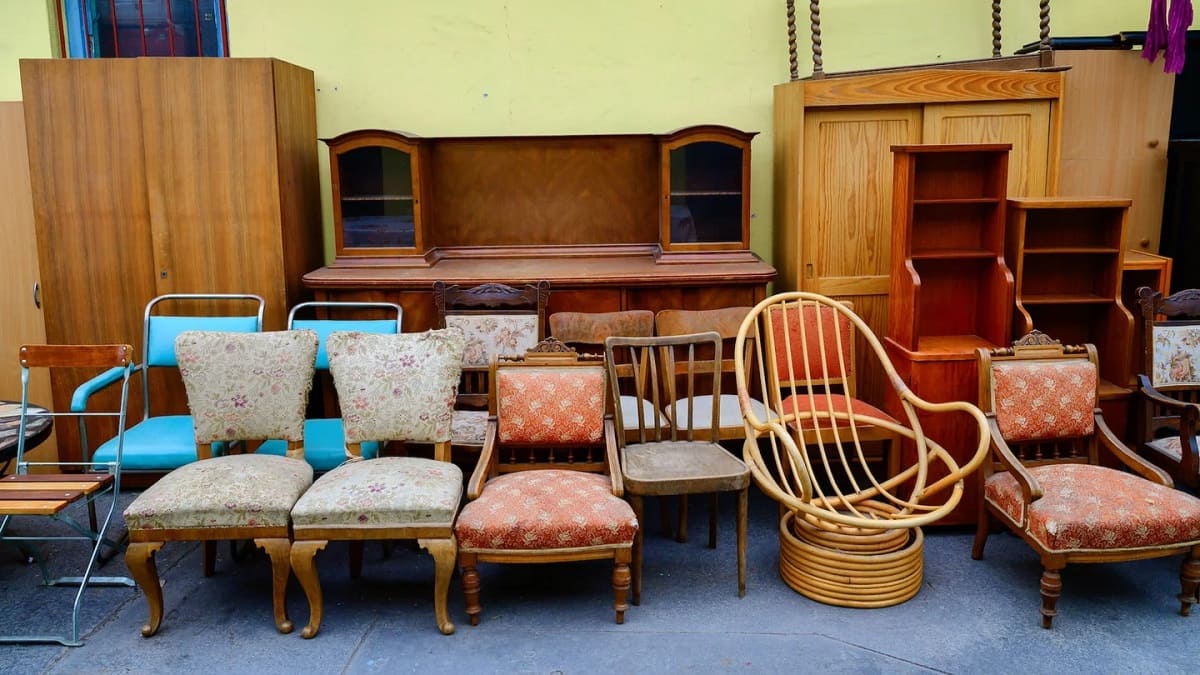
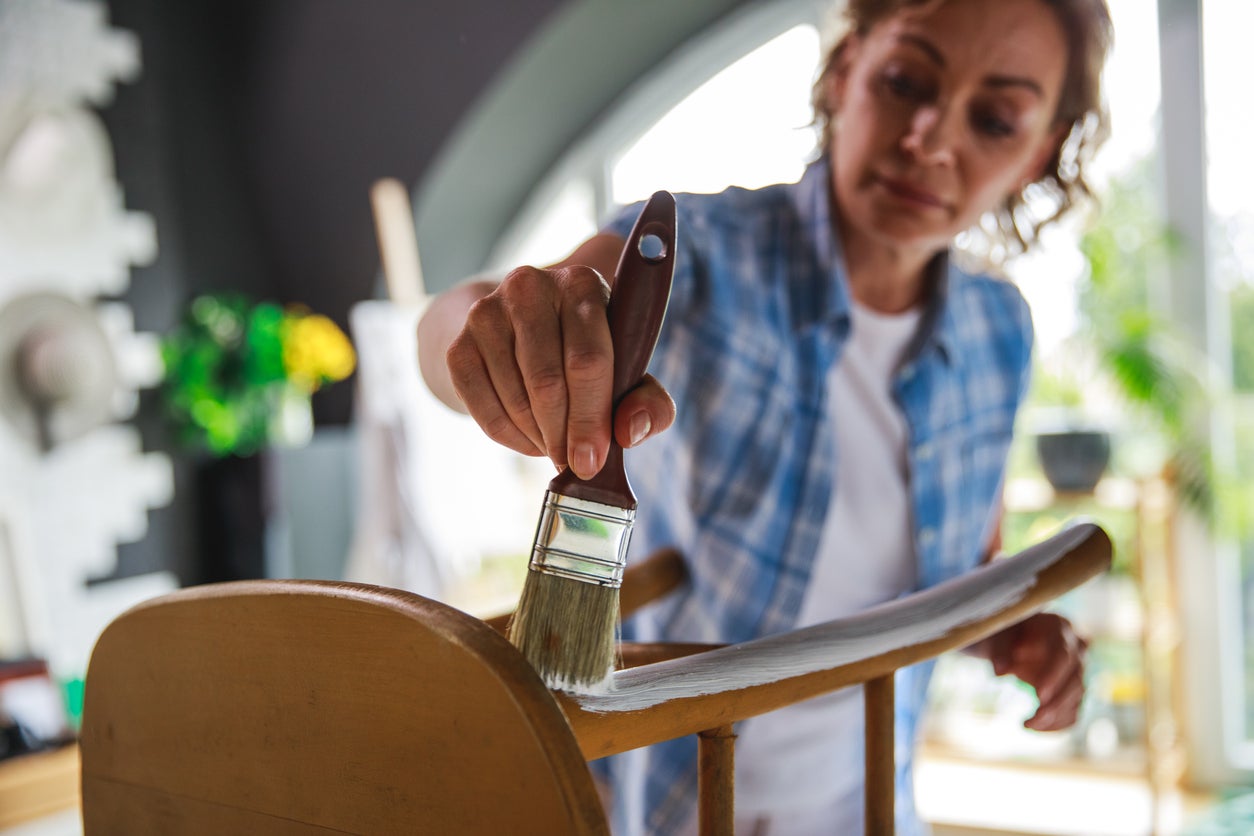
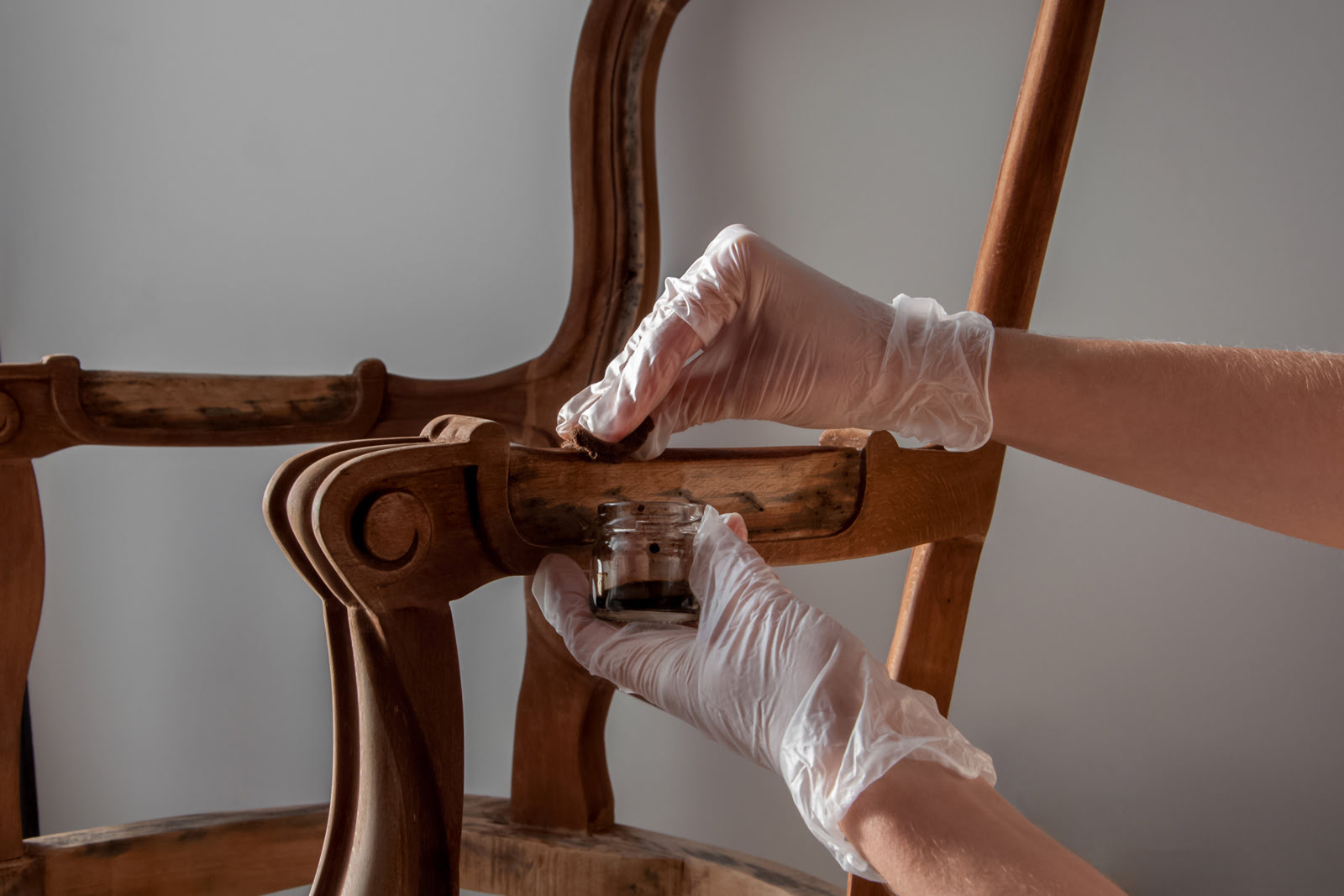



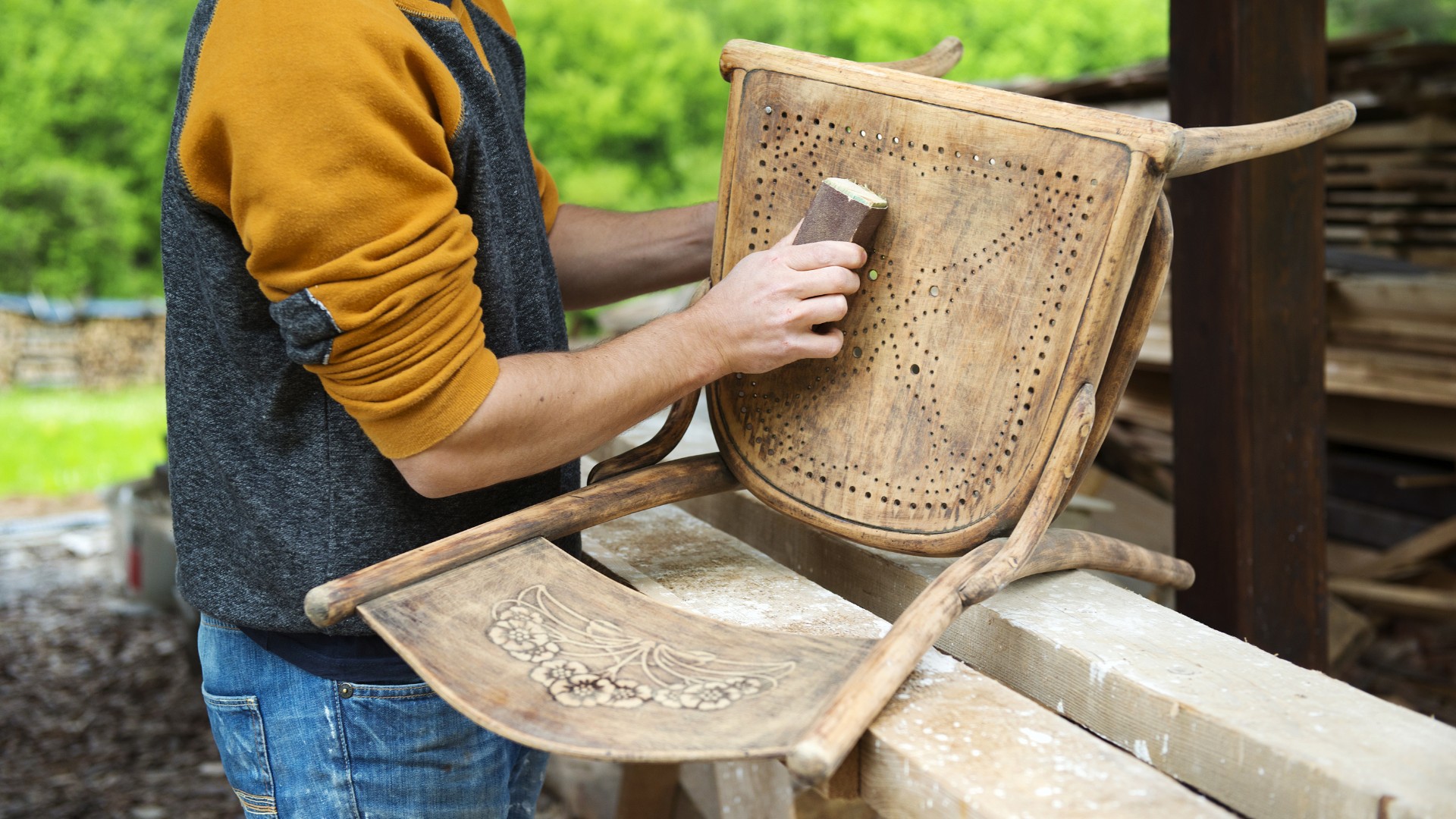
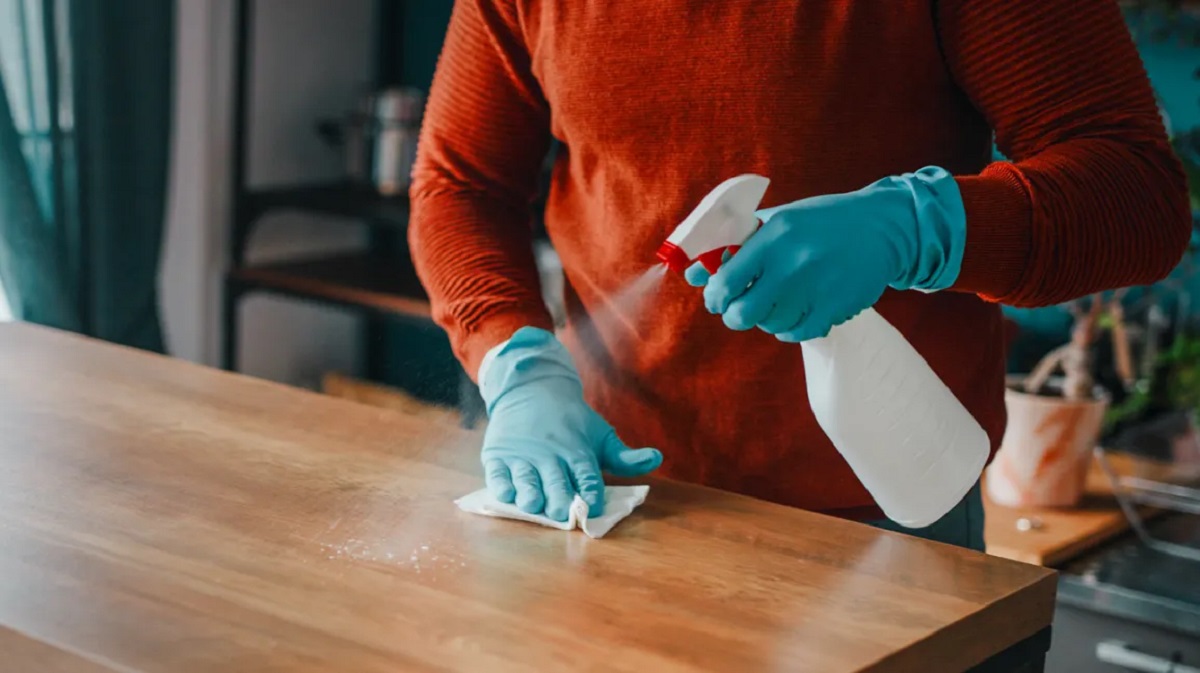
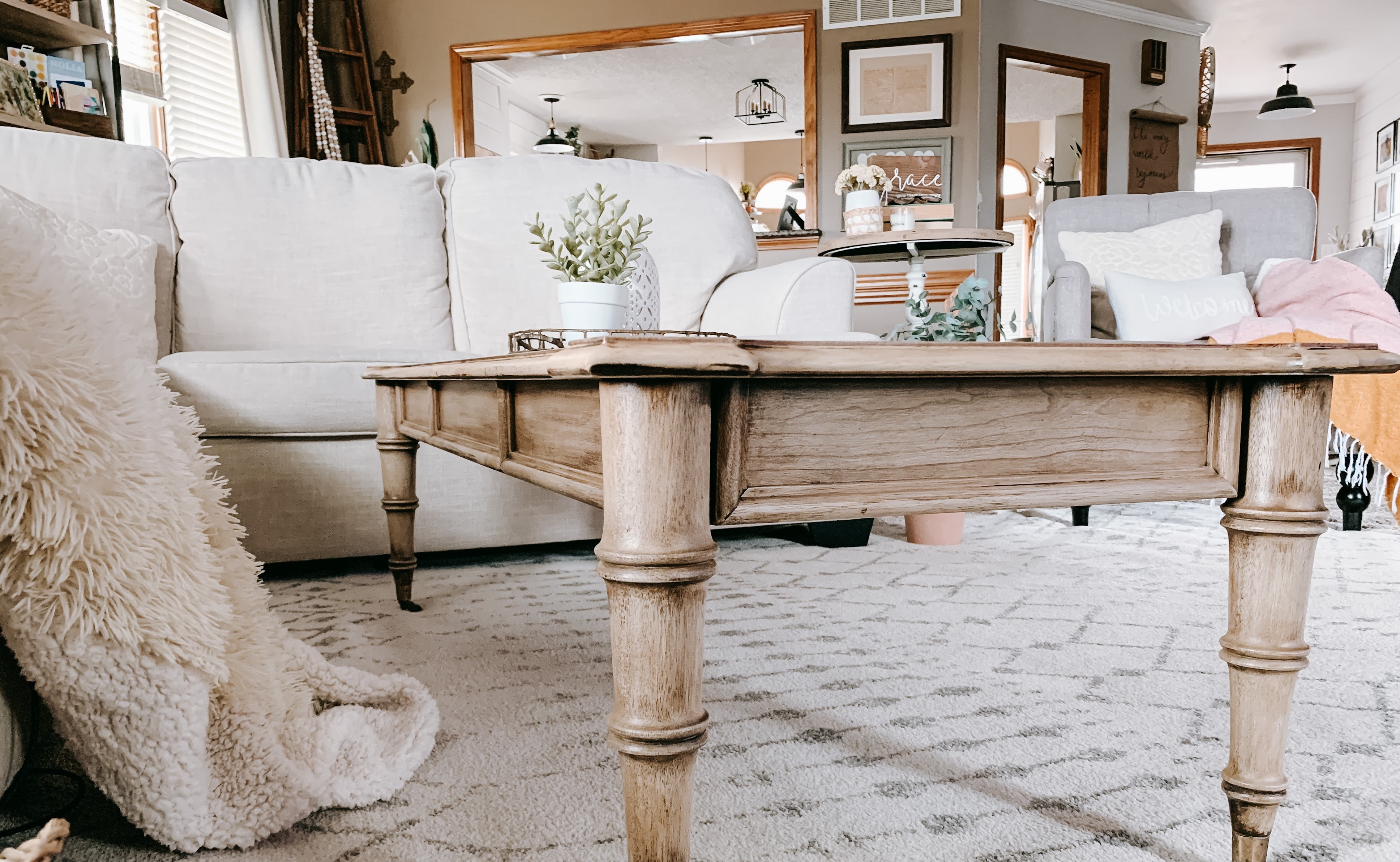
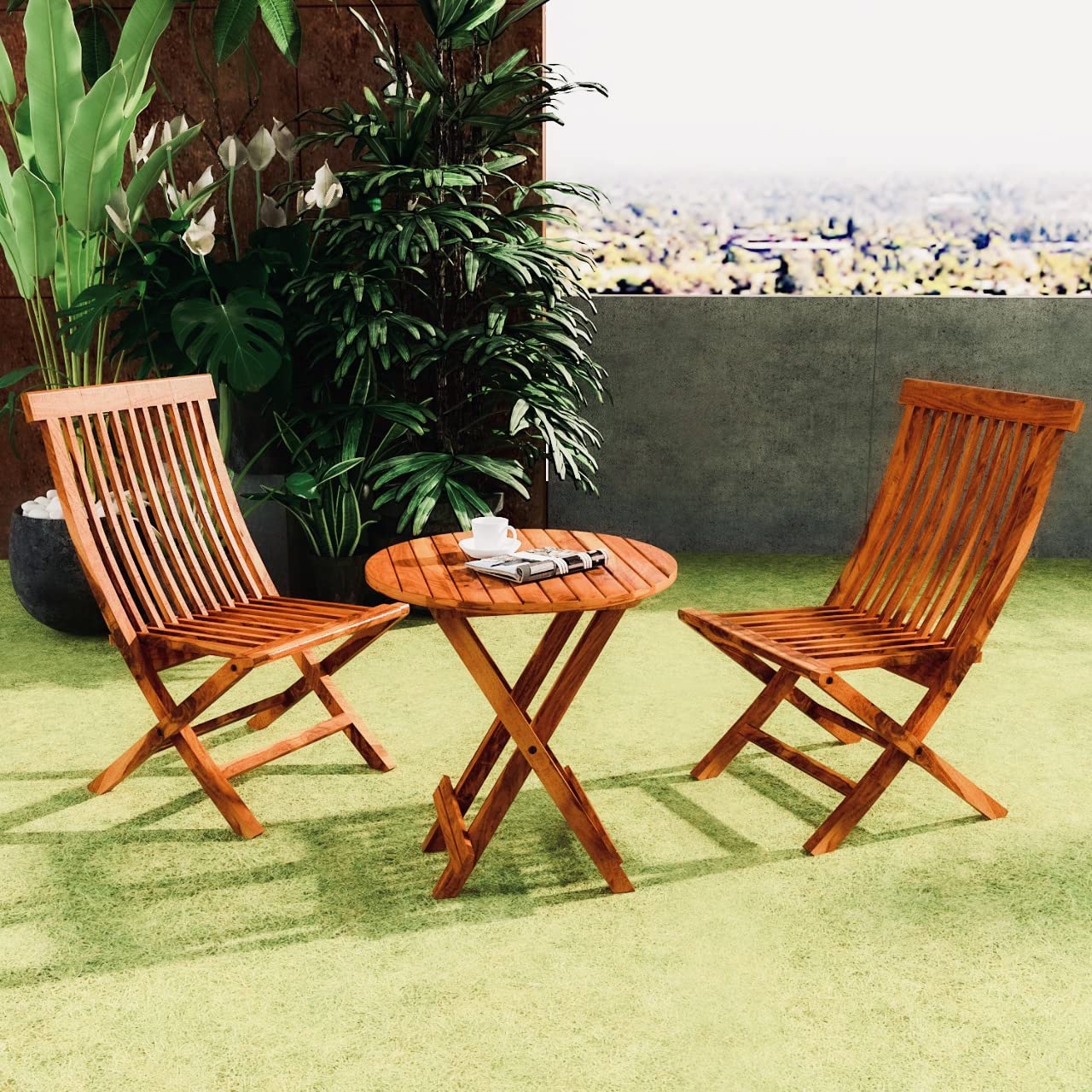
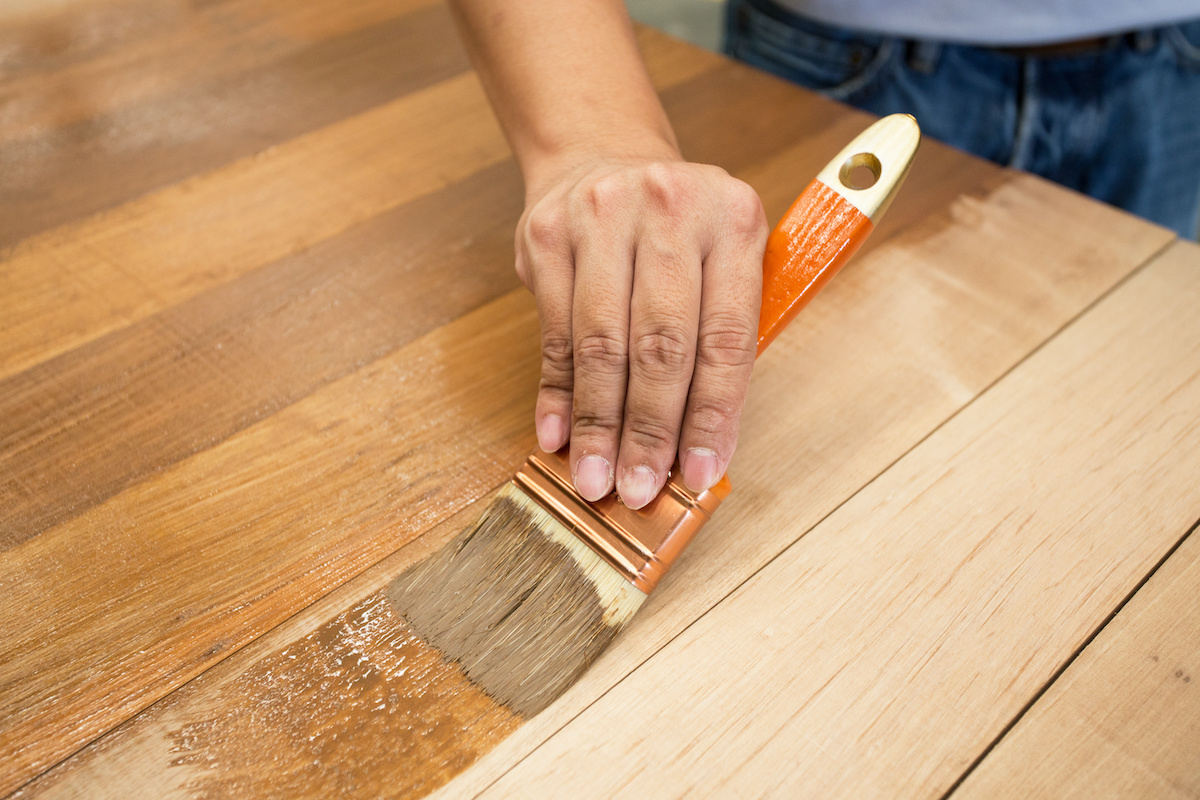
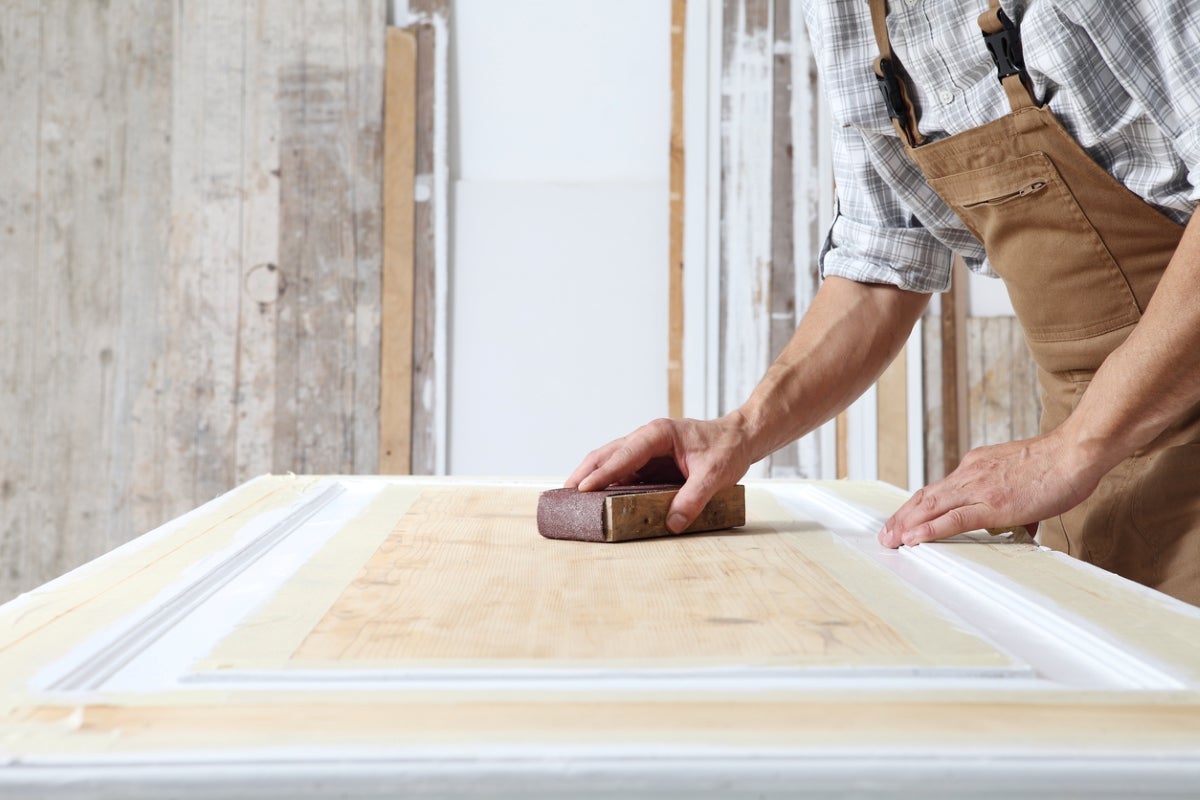
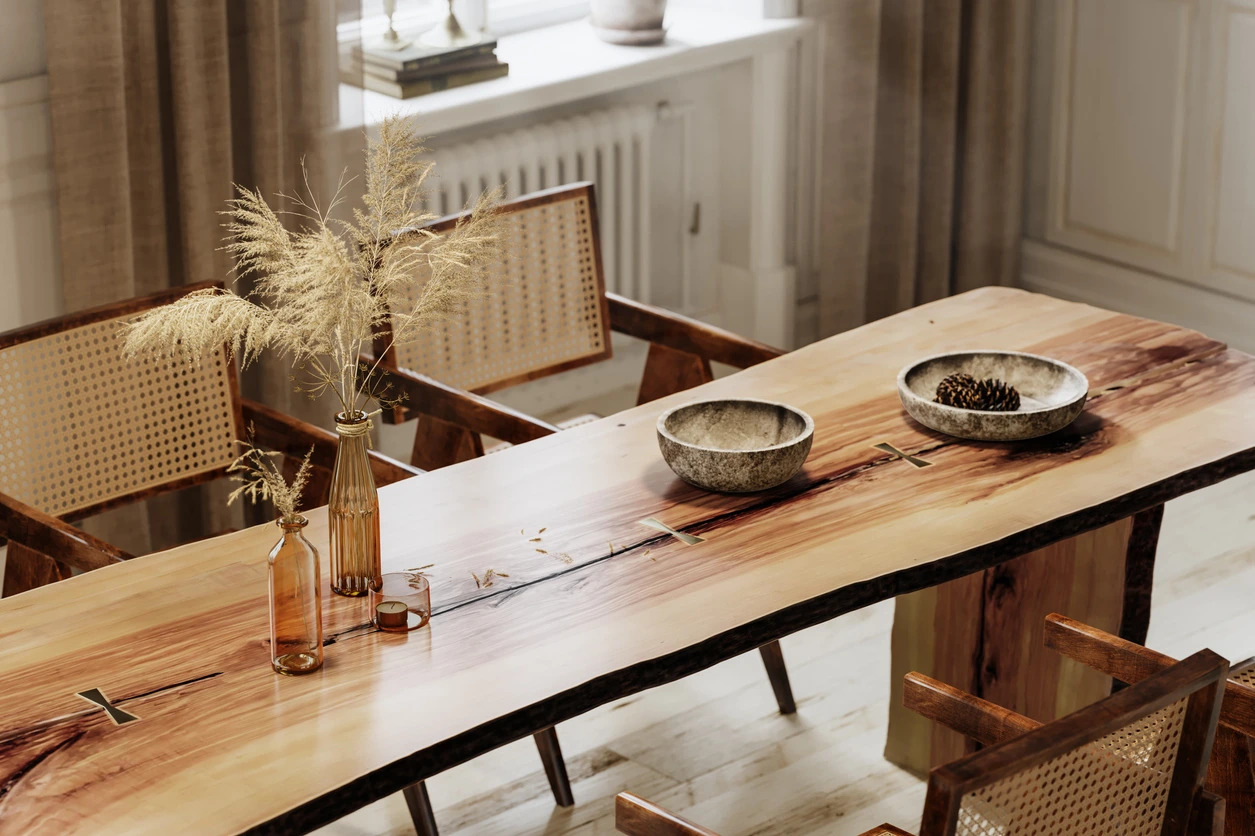

0 thoughts on “How To Store Wood Furniture Without Climate Control”